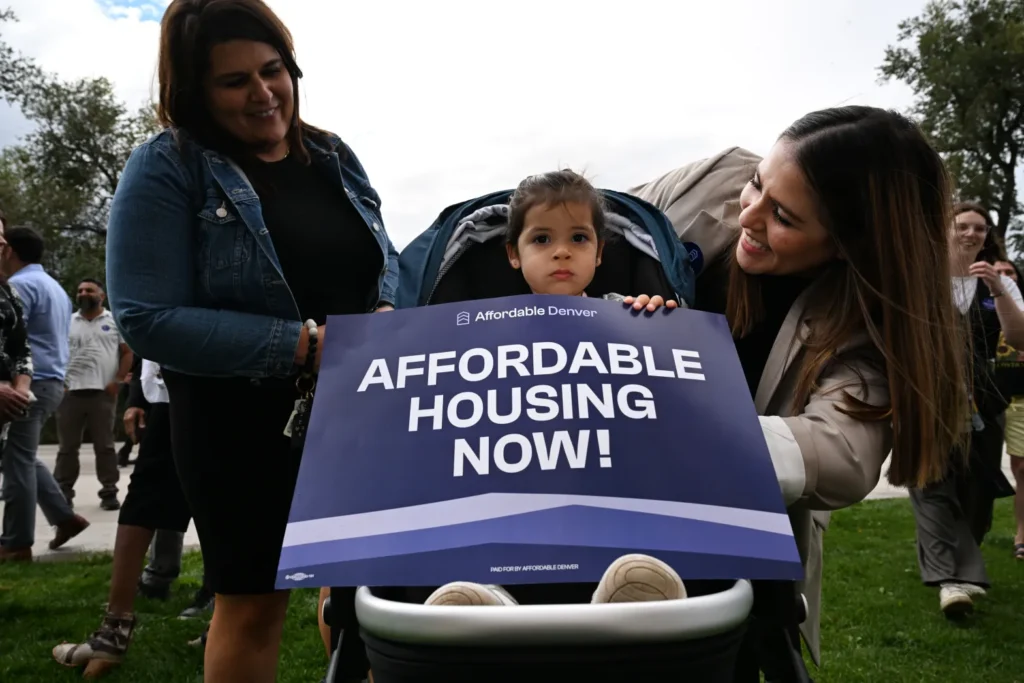
The Washington Post Editorial Board weighs in on California’s housing crisis.
Though a lack of affordable housing may not be the sole or even main cause of street homelessness, Mr. Newsom was also right to target increased housing supply as part of the solution. He was doubly correct to call for a “commitment — right now, this year — to major reform that will eliminate red tape, and delays for building critically needed housing — like affordable, multifamily homes — especially near transit and downtowns.” This is where things get tricky, politically, however. “Not in my backyard” is the perennial cry of middle-class homeowners when faced with the prospect of high-density residential development. Local governments over which these voters hold sway have responded with restrictive land-use regulations. Yet the evidence is mounting that undue regulations are doing tremendous damage to housing markets, and not just in California.
A new Bank of England-sponsored study of 254 U.S. metropolitan areas has found that rising house prices no longer stimulate new construction as much as they used to. Instead, prices go up with no corresponding increase in supply. The cause: artificial supply restrictions. Instead of new building permits, communities get housing bubbles, especially at times, such as the present one, when the Federal Reserve is holding interest rates low, in part to stimulate housing demand. These effects, devastating to housing affordability, are not equally distributed throughout the country, according to the study. They are concentrated in states — including not only California but also Oregon and Washington, which are also experiencing homelessness crises — with the tightest land-use restrictions.
The silver lining in this situation: It creates a convergence of interests between two key groups — the construction industry and advocates for social justice — not normally thought of as political allies. Democrats such as Mr. Newsom would seem particularly well-positioned to build consensus and lead reforms, which, if successful, would show that freer markets are not necessarily incompatible with a fairer society.
Read more here.




